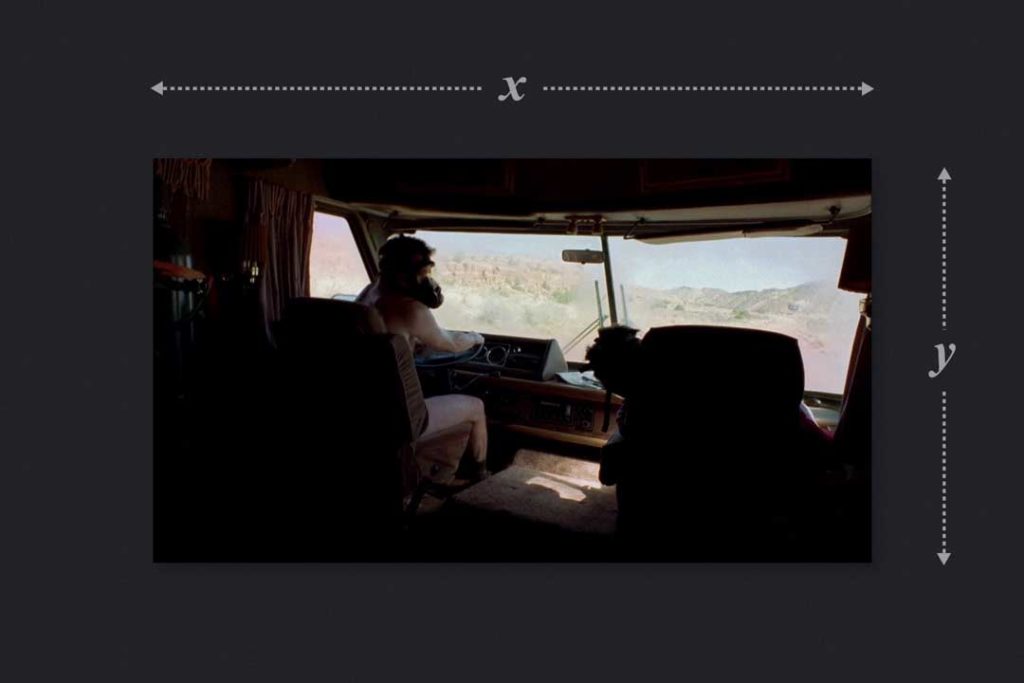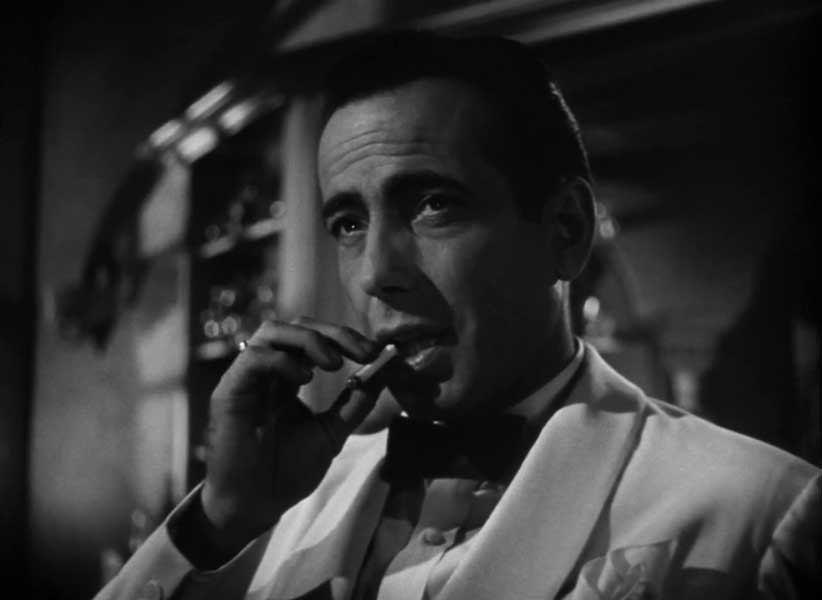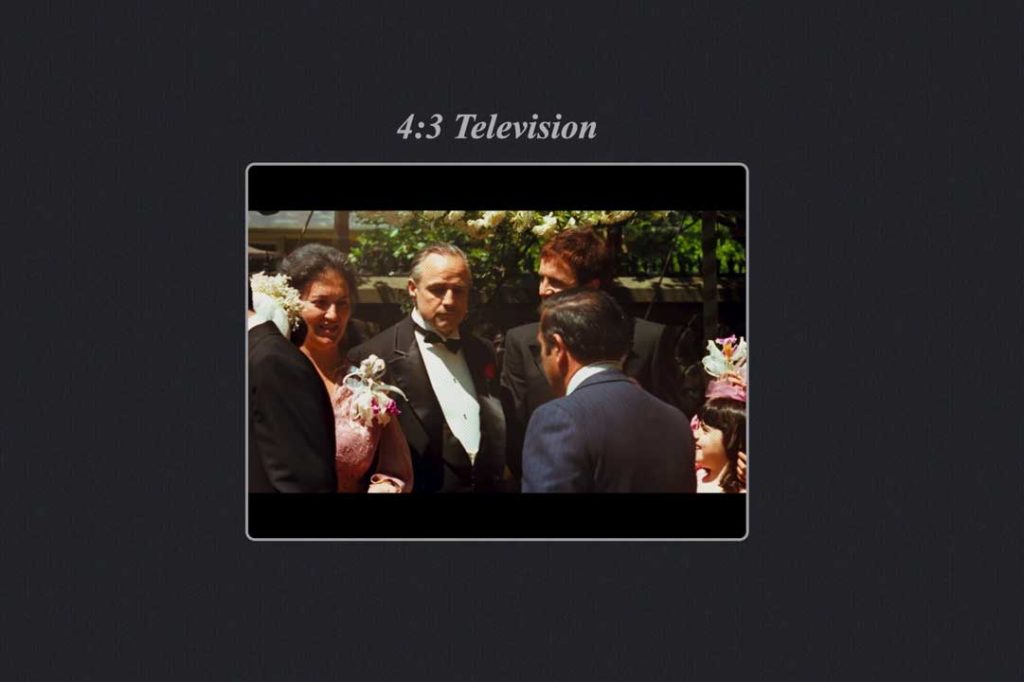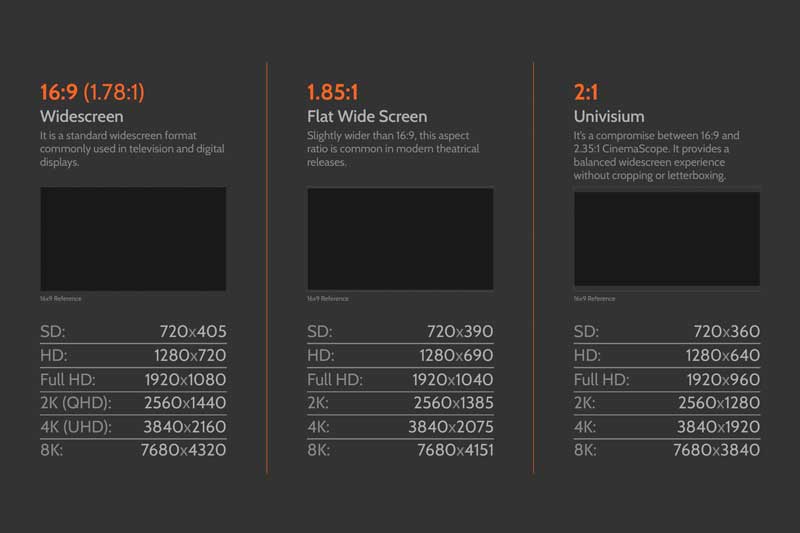Have you ever wondered why some movies have those black bars on the top and bottom, or even on the sides in classic films? I’ve always been curious about it, and it turns out, it all boils down to something called aspect ratio—a fundamental concept in filmmaking. Join me on this exploration as we delve into the world of aspect ratios, uncovering their history, significance, and how they shape our viewing experience.
What is Aspect Ratio?
Aspect ratio is the proportional relationship between the width and height of a frame, typically expressed as two numbers separated by a colon. For instance, those old CRT TVs had an aspect ratio of 4:3, meaning they were 4 units wide and 3 units tall. On the other hand, modern HDTVs feature a 16:9 aspect ratio, which translates to 16 units wide by 9 units tall. It’s crucial to remember that aspect ratio pertains to the shape of the image, not its resolution.

A Glimpse into Aspect Ratio History
Back in the early days of cinema, there was no standardized aspect ratio. Silent films settled on a 4:3 ratio, which was based on the space between perforations in standard 35mm film. Then, by the late 1920s, sound-on-film became the norm, leading to a slight reduction in the image size.
In 1932, the Academy of Motion Picture established the ‘Academy ratio’ at 1.375:1. Filmmakers, however, craved wider frames to enhance the viewing experience. I found it fascinating that epic films like “Napoléon” in 1927 even utilized three projectors side by side, achieving a staggering 4:1 ratio. Although these attempts were impressive, they were costly and impractical for widespread use.
The 1950s and 60s saw the adoption of larger film formats like CinemaScope, especially in musicals. Even today, filmmakers like Christopher Nolan and Paul Thomas Anderson opt for larger formats for select films.

Television and Letterbox
The competition between cinema and TV led to challenges in adapting films for television. Those traditional square-shaped TVs had a 4:3 aspect ratio, similar to silent and Academy ratio films. Wide movies, shot with widescreen lenses like CinemaScope, just didn’t fit well on these screens. This led to techniques like “pan and scan” or “letterboxing,” the latter involving the addition of black bars at the top and bottom of the screen.
The introduction of the 16:9 aspect ratio in 1984 bridged the gap, providing a versatile format suitable for both 4:3 content and widescreen films.

The Dominance of 16:9
The 16:9 aspect ratio became the standard for TV screens worldwide, offering a more cinematic experience at home. This shift revolutionized the television industry, paving the way for major series and streaming services. It’s incredible how from widescreen DVDs to 4K UHD, the 16:9 aspect ratio has become the norm for both movies and digital media, unifying visual experiences across platforms.
Different Aspect Ratios in Modern Filmmaking
Today, filmmakers have a plethora of aspect ratios at their disposal, each conveying a unique visual language. From the confining 4:3 aspect ratio used in films like “Son of Saul” to the expansive 2.75:1 ratio in “The Hateful Eight,” aspect ratios play a crucial role in storytelling. It’s like an unspoken language that communicates emotions and atmosphere.
Filmmakers like Wes Anderson and Quentin Tarantino strategically employ varying aspect ratios to distinguish different time periods, enhancing the audience’s immersion.

Aspect Ratios in Social Media
In the realm of social media, different platforms favor specific aspect ratios. YouTube’s popular choice is 16:9, while Instagram offers options like 1:1 and 4:5 for square-shaped content. Platforms like TikTok and Instagram Reels utilize the 9:16 ratio, optimized for mobile screens. It’s intriguing to see how these platforms have adapted to our diverse viewing preferences.
Download the Aspect Ratio Sheet
For your convenience, I’ve prepared a handy reference sheet containing the most popular aspect ratios. This PDF file includes a range of ratios, from 4:3 Standard Definition to 2.76:1 Ultra Panavision 70. It also provides resolutions, including SD, HD, Full HD, 2K, 4K, and 8K, as well as recommended sizes for social media platforms like Instagram, Facebook, and Twitter. The ratios included are: 4:3 (1.33:1), 1.375:1, 1.66:1, 16:9 (1.78:1), 1.85:1, 2:1, 2.20:1, 2.35:1, 2.39:1 (2.40:1), 2.59:1, 2.76:1.

This PDF includes the most common aspect ratios, such as 4:3. 1.33:1 Standard Definition, 1.375:1 Academy Ratio, 1.66:1 Vista Vision, 16:9 Widescreen, 1.85:1 Flat Wide Screen, 2:1 Univisium, 2.20:1 Todd-AO, 2.35:1 CinemaScope, 2.39:1 Anamorphic, 2.59:1 Cinerama, 2.76:1 Ultra Panavision 70. SD, HD, Full HD, 2K, 4K, and 8K resolutions are all included. There are additional recommended sizes for social networking platforms such as Instagram, Facebook, and Twitter.
Conclusion: The Power of Aspect Ratios
Understanding aspect ratios has given me a deeper appreciation for the art of filmmaking. It’s a tool that filmmakers use to convey emotions, set moods, and transport viewers to different eras. So, the next time you watch a movie or create content, remember, aspect ratios are more than just black bars—they’re an integral part of visual storytelling. For a quick reference guide to popular aspect ratios, check out the downloadable sheet in the video description.
Thank you for joining me on this journey through the world of aspect ratios. See you in the next post!



